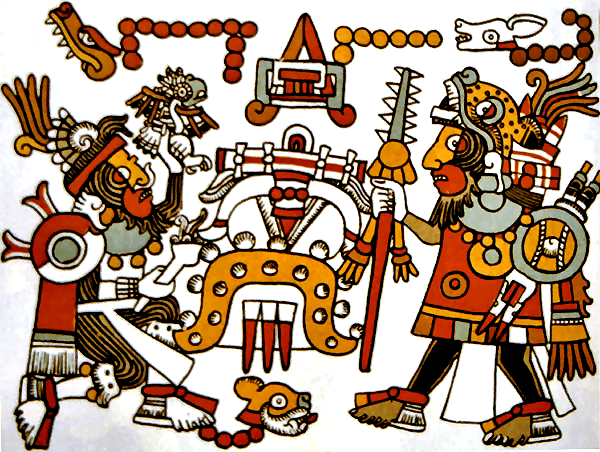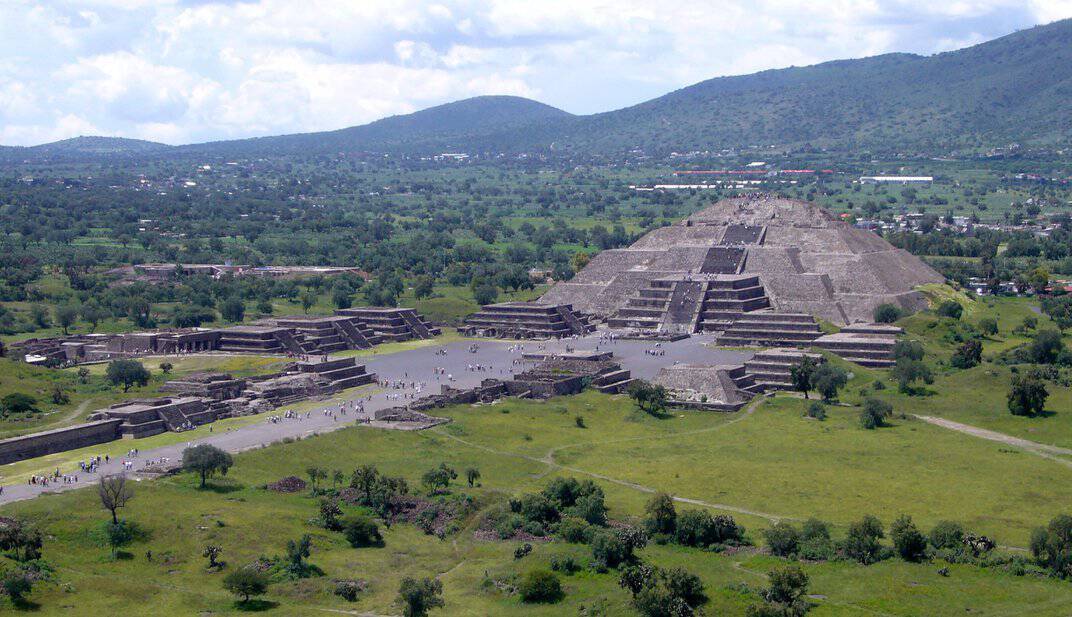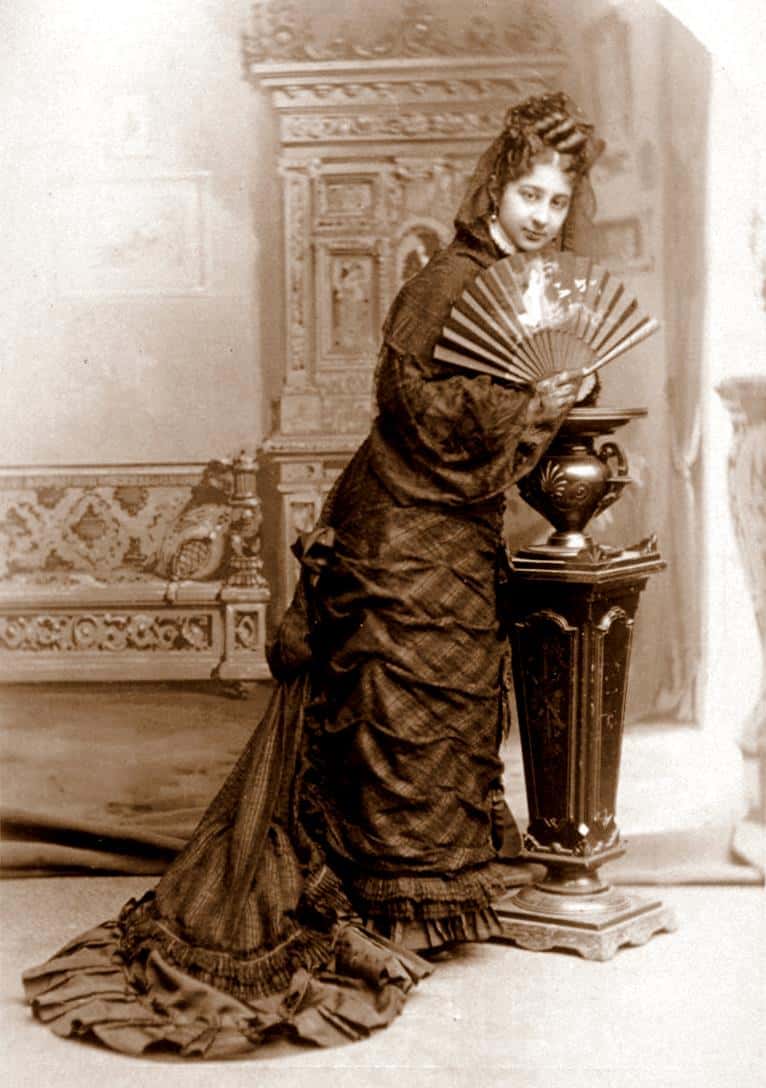International Women’s Day 2022 – Celebrating Zelia Nuttall
This International Women’s day, we want to celebrate Zelia Nuttall: the incredible historian whose work provided us with a window into life aboard the Golden Hinde. Despite her achievements, we’d guess that many readers might not know much about her. So, here’s ‘Nuttall in a Nutshell’ – 10 facts about Zelia…
Nuttall in a Nutshell
1) Nuttall was a Mexican-American archaeologist and anthropologist most famous for. her incredibly important and highly influential work on pre-Aztec Mesoamerican societies (people who lived between modern-day Mexico and Costa Rica over 500 years ago).
2) She was born in San Francisco, California in 1857 but was educated in a number of countries across Europe. She was an excellent linguist and fluent in four languages.
3) Following a family trip to Mexico, Nuttall became passionate about Mexican history. She published her first professional article on the subject at the age of 29.
4) Arguably her most important discovery was a document showcasing Mixtec pictographs; the writing system of pre-Aztec Mesoamericans. From 1886 to 1898, Nuttall scoured libraries and archives across Europe looking for information on the history of Mexico and discovered the document in the private collection of Baron Zouche in England. It’s now on display in the British Museum as the Zouche-Nuttall codex.
 |
5) In 1901, she published her longest work The Fundamental Principles of New and Old World Civilizations. It was incredibly influential, although not all its theories are still believed today. Nuttall believed that seafaring people from the ancient Mediterranean had sailed to central America, and therefore the civilisations of Ancient Egypt, the Middle East and Mesoamerica had all developed in a similar way. This idea is largely discredited by modern historians.
6) Nuttall’s home in Mexico, Casa de Alvarado, became a meeting place for all sorts of intellectuals. D. H. Lawrence stayed with her, and reportedly, his character of Mrs Norris in The Plumed Serpent was based on her.
7) Nuttall was a fierce defender of Mesoamerican culture, believing that it had been mischaracterised as brutal and bloodthirsty by the Spanish invaders. She hoped to reconnect modern Mexico with its past and campaigned for the revival of traditions. In 1928, as a result of her campaigning, Mexico celebrated Aztec New Year for the first time since 1519.
 |
8) During her historical research, Nuttall came across a previously unknown manuscript relating to the voyage of the Golden Hinde. Her intellectual curiosity led her to hunt for more manuscripts in archives across Europe and Central America. In 1914, she collated, translated and published her findings in New Light on Drake: A Collection of Documents Relating to his Voyage of Circumnavigation, 1577-1580.
9) New Light on Drake has proven to be invaluable to historians of Drake. It contains reports by Drake’s Spanish prisoners about life onboard, the account of the ship’s Portuguese pilot, and even a fairly detailed list of the crew. Because of New Light on Drake we have a much clearer idea of the weapons, equipment and other cargo aboard Drake’s ship, which we at The Golden Hinde have used to help us put together our replica handling and display collection.
10) Nuttall believed that Drake had sailed much further north in search of a northwest passage than previously thought. Perhaps as far as modern-day Vancouver! This debate still rages today, and you can hear more about it on our podcast with Melissa Darby, here.
 |

